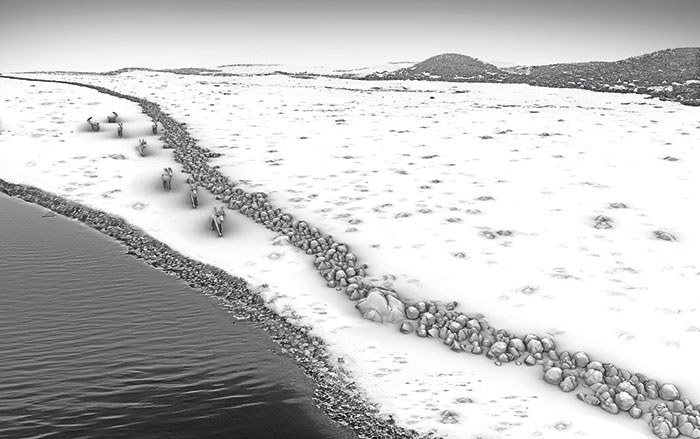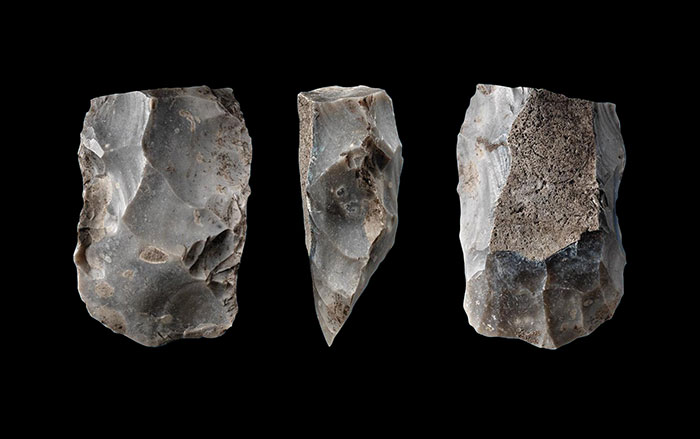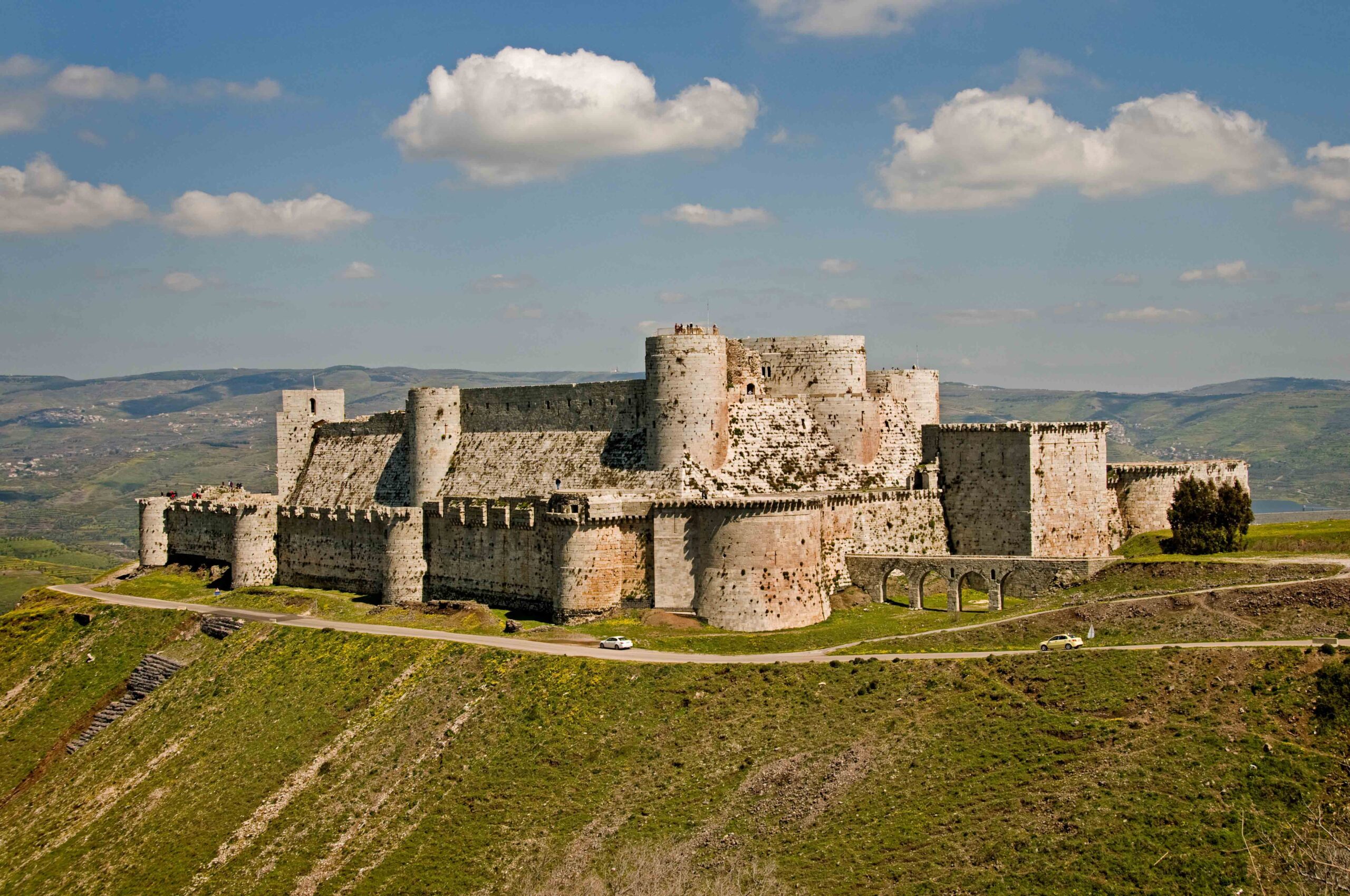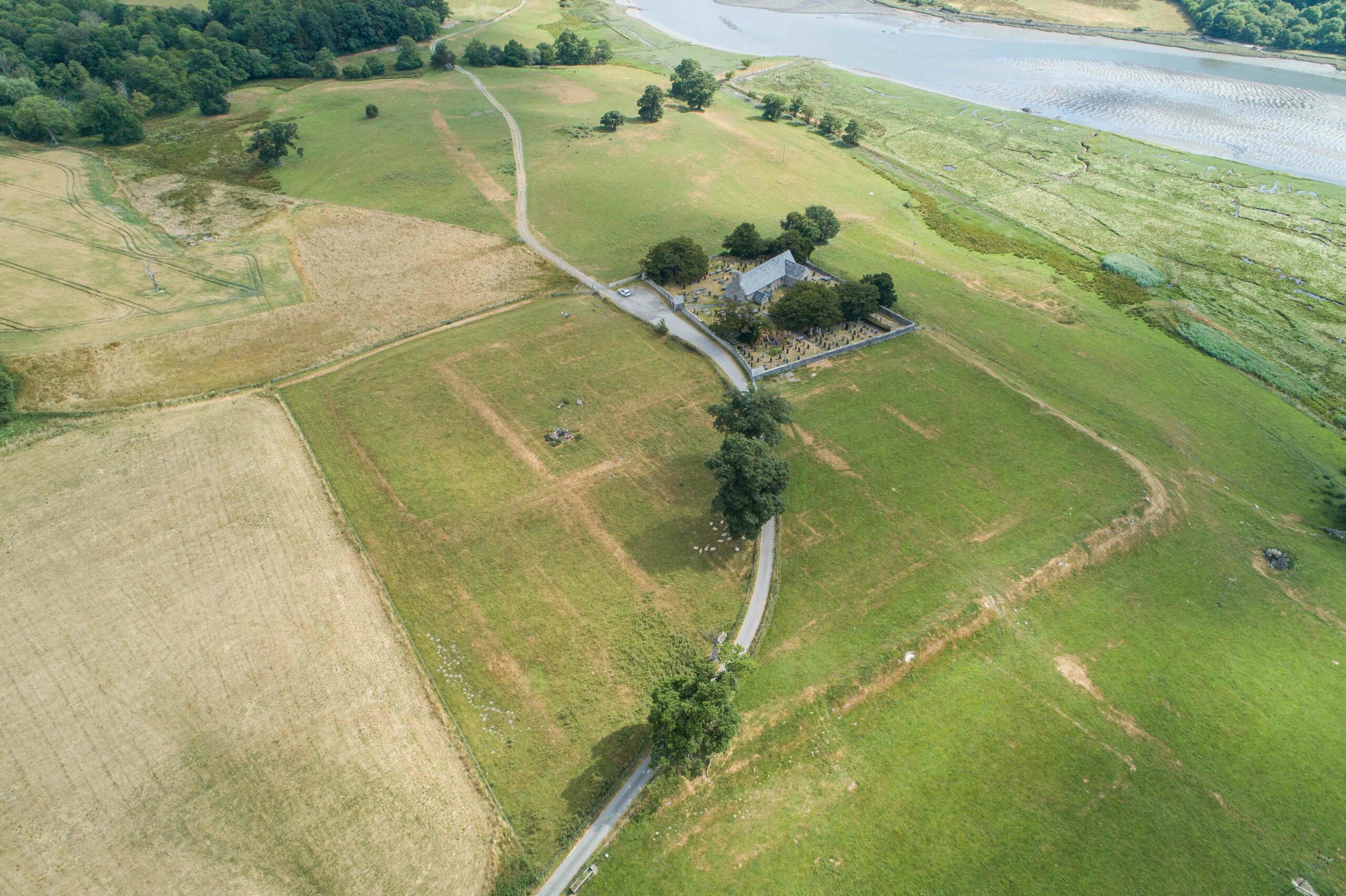KIEV, UKRAINE—Nadiia Kotova of the Institute of Archaeology at the National Academy of Sciences of Ukraine and her team unearthed two carved rocks resembling snake heads at Kamyana Mohyla I, an archaeological site near the Sea of Azov in southern Ukraine, according to a Live Science report. Both of the carvings date to the Mesolithic period, although one is older than the other. Carved sometime between 8300 and 7500 B.C. from yellow sandstone, the first of the two snake heads weighs almost three pounds, and is triangular in shape with a flat bottom. Two eyes were carved on the stone’s upper surface near two knobs, and a long line for a mouth was carved near the flat edge. It was found near a fireplace, along with shells and flint tools. The smaller stone snake head, also found near a fireplace, weighs about one pound and was dated to around 7400 B.C. Kotova said this carving features a flattened, round shape and has a neck, eyes, and nose. “They were probably used during ceremonies,” Kotova explained. To read about the study of intricately carved stone balls that have been discovered throughout the British Isles, go to “Spheres of Influence.”
Carved Snake Heads Uncovered in Ukraine
News December 12, 2018
Recommended Articles
Top 10 Discoveries of 2024 January/February 2025
Reindeer Hunters’ Wall
Bay of Mecklenburg, Baltic Sea


Artifacts March/April 2024
Mesolithic Baskets

Digs & Discoveries January/February 2023
Farmers and Foragers

-
Features November/December 2018
Reimagining the Crusades
A detailed picture of more than two centuries of European Christian life in the Holy Land is emerging from new excavations at monasteries, towns, cemeteries, and some of the world’s most enduring castles
 (Peter Horree/Alamy Stock Photo)
(Peter Horree/Alamy Stock Photo) -
Letter from California November/December 2018
Inside a Native Stronghold
A rugged volcanic landscape was once the site of a dramatic standoff between the Modoc tribe and the U.S. Army
 (Julian Smith)
(Julian Smith) -
Artifacts November/December 2018
Russian Canteen
 (Courtesy Copyright David Kobialka/Antiquity)
(Courtesy Copyright David Kobialka/Antiquity) -
Digs & Discoveries November/December 2018
The American Canine Family Tree
 (Photo by Del Baston/Courtesy of the Center for American Archeology)
(Photo by Del Baston/Courtesy of the Center for American Archeology)


